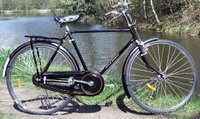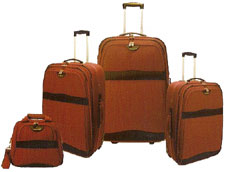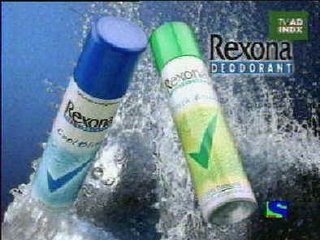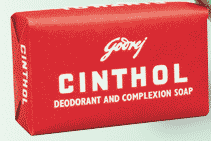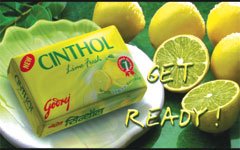Brand : Sunlight
Company: HLL
Agency: O&M
Sunlight is the oldest brand in the HLL’s portfolio. Launched in India in 1888, this brand is a heritage brand. Sunlight came to India as a detergent brand.
Indian fabric wash market is expected to be around 5700 crore. Sunlight over these 118 years had its life cut out in the “power brand strategy” of HLL.
Sunlight was famous as a detergent or laundry cake which was very popular in the early times. The change in the customer lifestyle has tilted the market towards powder detergents. HLL focused its efforts on the powder detergents market and Sunlight was lost in the woods. Detergent cakes are losing consumer preference because of the advantages of powder detergents. Earlier, powder detergents were considered to be premium and with the rationalizing of prices, consumers have shifted towards powders.
Under the “Power brand “strategy, HLL decided to phase out Sunlight brand and focus on Wheel and Rin. But in 2004, Sunlight came with the new avatar as a Powder detergent. What made the company think about this brand is unknown. Sunlight detergent is now positioned as an affordable detergent with differentiation of “Color Guard” feature. The detergent also has the Pure Clean Technology that minimizes the “Insoluble” in the detergents. Sunlight is priced above Wheel and below Rin. The brand is promoted more in Eastern India and Kerala.
Why a brand that have such a heritage become a liability for HLL. It’s because HLL failed to use Sunlight to counter the onslaught of Nirma. Instead it chose a new brand Wheel. With the introduction of Wheel as a powder detergent and with the decline of the detergent cake market, Sunlight lost its relevance. HLL also extended Wheel and Rin to Detergent cakes so further sidelining the Sunlight brand.
Now Sunlight is used as a brand to effectively fill the gap between Wheel and Rin, so that no competitor can come in that price point. It is also interesting to note that this brand does not feature in HLL’s website. The brand have a very relevant brand name which denotes brightness and cleanliness, it is a brand name you cannot afford to lose. Sunlight should be positioned as a " Value for Money " brand. This segment is vacant in the Indian Detergent market. Wheel is perceived as a low priced brand, Surf Excel is a midsegment brand while Rin is for whiteness. Sunlight with its colorguard and Pure clean technology is in a position to create a market for itself.
Company: HLL
Agency: O&M

Sunlight is the oldest brand in the HLL’s portfolio. Launched in India in 1888, this brand is a heritage brand. Sunlight came to India as a detergent brand.
Indian fabric wash market is expected to be around 5700 crore. Sunlight over these 118 years had its life cut out in the “power brand strategy” of HLL.
Sunlight was famous as a detergent or laundry cake which was very popular in the early times. The change in the customer lifestyle has tilted the market towards powder detergents. HLL focused its efforts on the powder detergents market and Sunlight was lost in the woods. Detergent cakes are losing consumer preference because of the advantages of powder detergents. Earlier, powder detergents were considered to be premium and with the rationalizing of prices, consumers have shifted towards powders.
Under the “Power brand “strategy, HLL decided to phase out Sunlight brand and focus on Wheel and Rin. But in 2004, Sunlight came with the new avatar as a Powder detergent. What made the company think about this brand is unknown. Sunlight detergent is now positioned as an affordable detergent with differentiation of “Color Guard” feature. The detergent also has the Pure Clean Technology that minimizes the “Insoluble” in the detergents. Sunlight is priced above Wheel and below Rin. The brand is promoted more in Eastern India and Kerala.
Why a brand that have such a heritage become a liability for HLL. It’s because HLL failed to use Sunlight to counter the onslaught of Nirma. Instead it chose a new brand Wheel. With the introduction of Wheel as a powder detergent and with the decline of the detergent cake market, Sunlight lost its relevance. HLL also extended Wheel and Rin to Detergent cakes so further sidelining the Sunlight brand.
Now Sunlight is used as a brand to effectively fill the gap between Wheel and Rin, so that no competitor can come in that price point. It is also interesting to note that this brand does not feature in HLL’s website. The brand have a very relevant brand name which denotes brightness and cleanliness, it is a brand name you cannot afford to lose. Sunlight should be positioned as a " Value for Money " brand. This segment is vacant in the Indian Detergent market. Wheel is perceived as a low priced brand, Surf Excel is a midsegment brand while Rin is for whiteness. Sunlight with its colorguard and Pure clean technology is in a position to create a market for itself.


